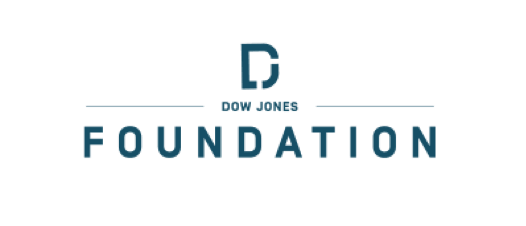🚨 IMPORTANT:
Checkology is offline July 1-31 for scheduled summer maintenance. See you in August! Read more about our summer maintenance.
Learn about the historical failure of mainstream news organizations to serve all people equally, the legacies of distrust this has caused among specific groups in America — particularly Black Americans — and recent efforts by news outlets to improve their coverage.
News literacy topics
A free press; Bias; Digital citizenship; Fact-checking and verification; Investigative journalism/watchdog role; News judgment; Propaganda; Standards of quality journalism
Learning objectives
Essential questions







© 2024 The News Literacy Project Privacy policy Terms of use